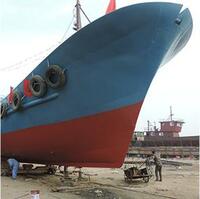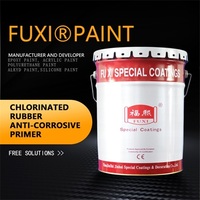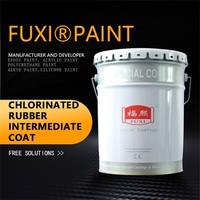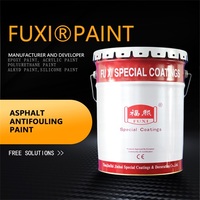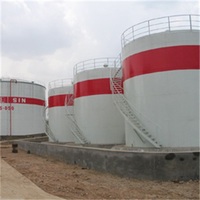Marine boat paint are the paints that are painted on various parts of the ship to extend its service life and meet the special requirements.
Marine paints are a series of paints such as ship primer, ship bottom anti-rust paint, antifouling paint, boot topping paint, hull and superstructure paint, various cabin paints, ballast water tank
paint, oil tank paint, drinking water tank paint and dry cargo hold paint.
Workshop primers for marine include phenolic modified phosphate primer, epoxy zinc-rich primer, and zinc free primer.
Anti-rust primers include zinc phosphate anti-rust paint, zinc chromate yellow anti-rust paint, red lead anti-rust paint, and other anti-rust paints.
The paint for ships are the paints used for the underwater parts of the ship, including ship bottom antirust paint and antifouling paint.
Ship Bottom Paint
The anti-corrosion paint on the ship bottom and the anti-fouling paint should have good adhesion between their coating layers.
Boot Topping Paint
For ships with heavy loads or often under ballast, self-polishing antifouling paint can be used in the boot top area.
Hull Paint
The hull paint is required to have good rust resistance, weather resistance, impact resistance, abrasion resistance, and good color retention and gloss retention.
Marine Deck Paint
The weather deck, deck fittings and freeboard parts are always in the salty and humid ocean atmosphere, and are exposed to sunlight and often washed by waves.
Topsides And Superstructures Paint
Oil and water often accumulate below the iron plate, so the paint is required to have good oil resistance and water resistance. Generally, tar epoxy or light-colored modified epoxy paint is used.
Cargo Hold Paint
The treatment of cargo holds depends on what kind of cargo is loaded, and the impact of mechanical loading and unloading on the coating must also be considered.
Oil Tank And Oil Container Paint
Crude oil tank: In the cargo tank loaded with crude oil, the thick crude oil film has a certain protective effect on the steel plate.
Ballast Tank Paint
The frequently used ballast tank paint mainly uses light-colored pure epoxy resin paint and modified epoxy paint.
Drinking Water Tank Paint
Drinking water tank paint must be approved by the health department to be harmless to health before it can be used.
Yacht Paint
According to different materials, the types of paint used are also different, mainly divided into four categories: wooden yacht paint, fiberglass yacht paint, steel yacht paint and aluminum alloy
yacht paint.
Features of marine paint
It has good adhesion, good water resistance, chemical resistance and abrasion resistance, and excellent anti-corrosion performance. Paint for ships can be used under harsh conditions and has a
long-lasting anti-corrosion life generally as long as 10 or 15 years in the chemical atmosphere and marine environment. It can be used for more than 5 years even in acid, alkali, salt and solvent
media.
High-build coating film, good quality and reasonable price are important characters of marine anti-corrosive paint.
Marine paint has a strong adhesion between the coating and the substrate.
Ship paint is efficient and convenient for coating application.
Due to the peculiarity of coating application for ships, marine paint should also have certain characteristics.
The size of the ship determines that marine paint must be able to dry at normal temperature. Paint that needs to be heated and dried is not suitable for marine paint.
The construction area of marine paint is large, so the paint should be suitable for high-pressure airless spraying applications.
It is difficult to paint certain areas of ships, so it is hoped that a high build coating film thickness can be achieved in one coating, so high build paint is often required.
The underwater parts of ships often require cathodic protection. Therefore, the paint used for the underwater parts of the hull needs to have good electric potential resistance and alkali
resistance. Oil-based paints or oil-modified paints are prone to saponification and are not suitable below the boot topping.
From the perspective of fire safety, ships require that the paint inside the engine room and the superstructure are not easy to burn, and once it burns, it will not emit excessive smoke. Therefore,
nitrocellulose paint and chlorinated rubber paint are not suitable for decorative paint in ship cabins.

